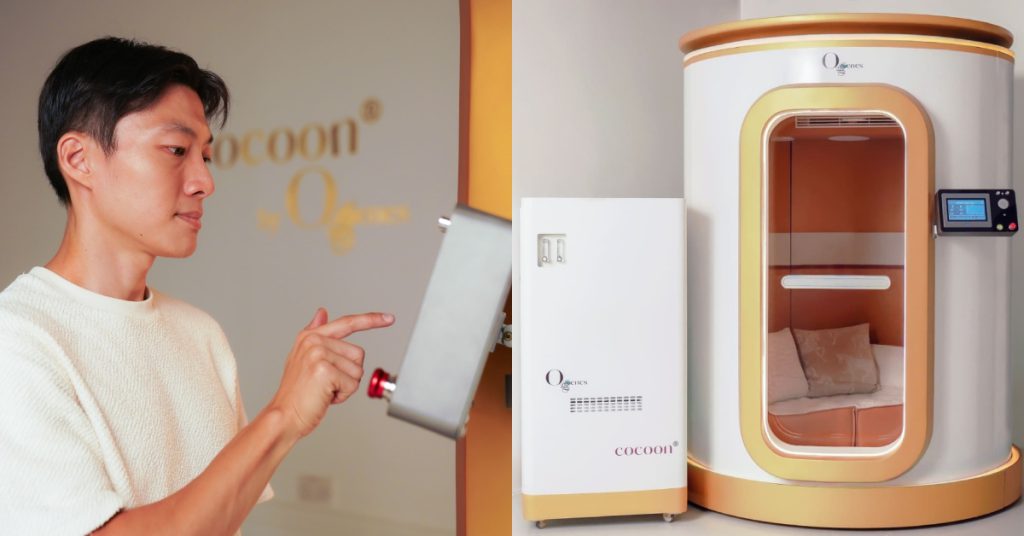Data from the World Bank states that 25.26% of the Malaysian workforce is self-employed and that number is growing.
The MCO had also turned more of us towards trying to earn income through the hobbies we finally had time to explore and hone our skills in.
I’ve personally been getting plenty of invites from friends trying their hand at selling their baked goods and DIY face masks online.
However, online businesses are just one of the sectors recognised by Malaysia’s Self-Employment Social Security Act 2017.
The World Bank defines self-employed workers as “jobs where the remuneration is directly dependent upon the profits derived from the goods and services produced.” This definition can also be applied to freelancers.
But running your own business doesn’t simply mean that the income can be dumped into a personal savings account in the form of “pocket money”.
Despite being a freelancer or self-employed, there are still taxes involved that have to be filed, whether it’s being done in full or part-time.
Here are 5 best practices for managing your finances as a freelancer to avoid being fined or imprisoned by Lembaga Hasil Dalam Negeri (LHDN).
1. Getting A Business Licence
It’s ideal to register as a sole proprietor (sole prop) business with Suruhanjaya Syarikat Malaysia (SSM) when earning any income from freelancing, even if it’s only a side gig.
Being a sole prop of a company might also increase your chances of getting a loan with the bank, and SSM makes it easy to register for a business licence anyway.
For sole props, it’ll only cost you RM30 to register under a personal name, like “Lily’s Baked Goods”, or RM60 for a trade name, like “Lovely Bakes”.
Doing so opens you up to many tax deductions, which you wouldn’t be able to get under a personal spendings account.
These deductions can reduce your total net income, hence lowering the amount of taxes you need to pay.
For example, the operating cost for a freelance videographer would be camera gear, microphones, editing software, and travel costs for shoots. Such expenses can be deducted from the total income earned.
2. Opening A Business Bank Account

Unless you can deal with the volume of transactions and have no difficulty in tracking the cash flow of your business, then you probably won’t need one.
It’s not legally required, but it is practical to open a business bank account, even as a freelancer, to keep business income and expenses separate from personal ones.
Of course, having a separate one for all business transactions would also spare you the trouble when it comes to bookkeeping.
3. Paying For Social Security & i-Saraan
As a self-employed freelancer, you would be responsible for your own social security and retirement planning.
Making these deductions from your income isn’t compulsory either, but contributing to these schemes will lower your payable taxes because they can be deducted from your gross income.
The Self-Employment Social Security Scheme (SESSS) provides protection against employment injuries including occupational diseases and accidents during work-related activities, and is targeted at self-employed persons.
It was originally only compulsory for drivers in the passenger transportation sector like taxis, e-hailing and private buses.
Now, however, SESSS has since been extended (on a voluntary basis) to 19 other industries at the start of 2020.
They include sectors like hawkers, information technology, household services, etc.
You would have to make these contributions on your own, either on a monthly or yearly basis through cash at all SOCSO offices or via online banking on Perkeso’s website.
The amount to be paid is based on the chosen plan which covers things like medical, education, and the dependent’s (people who depend on you for basic necessities) benefits.

As for the equivalent of EPF for self-employed people, it’d be what’s called the Voluntary Contribution with Retirement Incentive (i-Saraan).
Contributions are made like a savings plan, where you contribute according to your own financial ability and time.
The scheme also allows you to withdraw your cash anytime too. There is no minimum amount to contribute, but there’s a maximum of RM60,000 per year.
The government will also subsidise 15% of your personal contribution. This is subject to a maximum of RM250 annually, until the year 2022.
4. Paying Your Taxes
For starters, any individual earning more than RM34,000 per annum (after deducting SOCSO and EPF) is required to pay taxes, which should be made yearly on or before June 30.
This is where having that business bank account will come in handy.
As full-time freelancers will not be receiving an EA form like regular employees, income would have to be tabulated through profits from invoices and expenses.
In terms of which forms to use, Form B is for individuals with a business income (for those registered as a business).
But for a part-time freelancer still employed under a company, the taxable income is the sum on your EA form plus your freelance profits.
Freelancers without a business license will use Form BE, which is the same form as regular employees working under a company. The only addition is to declare your freelance income under “other gains and profits”.
On top of that, it’s crucial to keep a paper trail as proof of income and expenses for 7 years in case of an audit by LHDN. These include receipts of purchases and invoices for sales.
5. Knowing What Tax Exemptions You’re Eligible For
But of course, not all income is taxable, as there are exemptions.
Right off the bat, all workers (even self-employed ones) are eligible for tax reliefs like life insurance and donations up to a certain amount.
Contributions like SESSS and i-Saraan can also be deducted from your income earned.
As of year of assessment 2004, any income earned from outside Malaysia by a resident individual is exempted from tax.
Some other tax exemptions include:
- RM10,000 for royalties received for use of copyrighted and patented work such as publications of artistic works,
- RM12,000 for translation of books and literary works,
- RM20,000 for publications of literary works, paintings and music compositions,
- 50% of statutory income received from the results of commercialised scientific research.
It is of course best to hire a tax consultant to assist with the process, especially when doing it the first time.
Getting it wrong—such as declaring and paying the wrong amount in taxes— can result in fines and audit requests by LHDN, or jail time.
- You can read more about what we’ve written on freelancing here.
Featured Image Credit: Pexels












